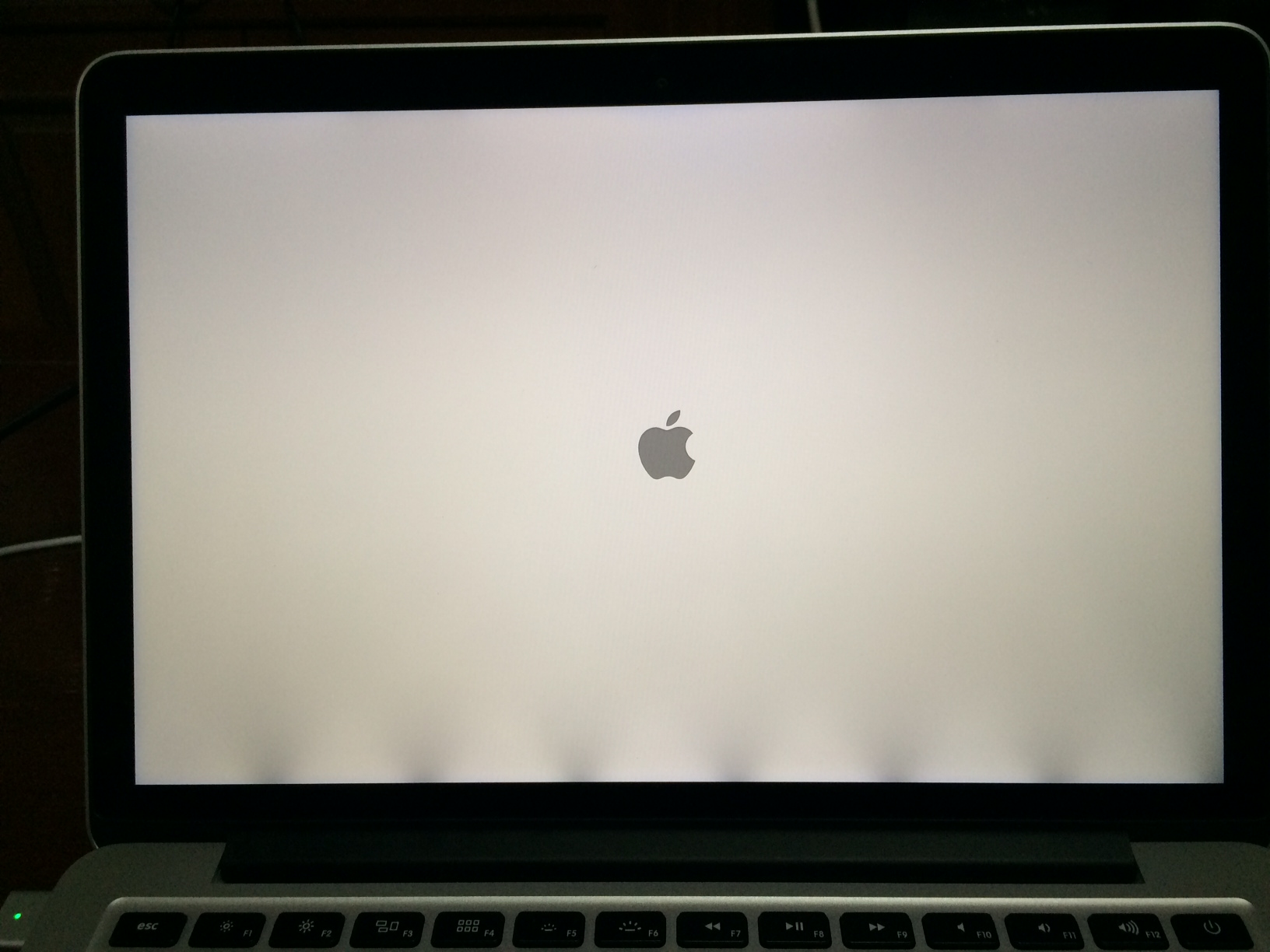Back in 2016, when Apple introduced its MacBook Pro redesign it soon got stuck in a controversy. People have commented that Apple’s 2016 generation of MacBook Pros are less compatible than their previous products and were sold at a higher price. A lawsuit filed against the company has now received support from a judge in the US.
Judge Edward Davila has recently allowed the lawsuit, also known as ‘flexgate” against Apple to go forward. He ruled that Apple might have an idea that they would fail but still kept selling the product.
“The court finds that the allegations of pre-release testing in combination with the allegations of substantial customer complaints are sufficient to show that Apple had exclusive knowledge of the alleged defect,” said the judge.
The issue
The MacBook Pro sold by the company had an issue called “stage light”, which often happens due to cable damage in the screen of the laptop. The damage produces black spots at the bottom of the display screen. This issue was found in many Pro pieces sold back then which led to increase in complaints by the customers.
During the controversy, Apple’s way of handling the issue raised serious concerns about the attitude of the company towards its loyal customers. When the issue spread in 2018, Apple silently started to use a new and slightly longer cable in display screens.
Later, more than 15,000 users signed a petition and sent it to the press. Which forced the company to open one of its free repair programs for existing customers who had purchased the MacBook Pro.
The free repair program termed the Display Backlight Service Program addressed the lighting issue in the 13-inch model but didn’t have an option for the 15-inch model to get the screen issue solved. The plaintiffs in the lawsuit allege that Apple continued to sell the 15-inch model knowing the problem and provided no warnings to its consumers.
Lawsuit
Judge narrowed the scope of the lawsuit but has allowed it to go forward. iFixit found that Apple switched to a thinner ribbon cable in the affected models. These cables slowly started to tear themselves creating the stage light issue on the screen and later causing the backlight of the screen to fail completely.
Cables that caused the stage light are easy to replace and cost just around $6 but Apple’s design made it impossible to replace it due to its design. “In an apparent effort to make the display as thin as possible, Apple designed the cables as part of the display, so they cannot be replaced. This means that when (not if) those cables start to fail, the entire display unit needs to be replaced, as opposed to one or two little cables – effectively turning a $6 problem into a $600 disaster,” said the judgement copy.

